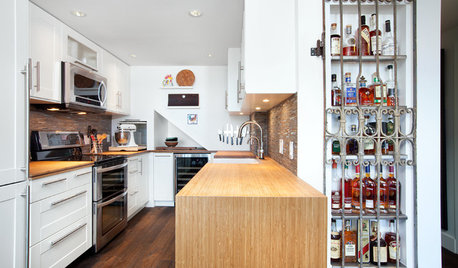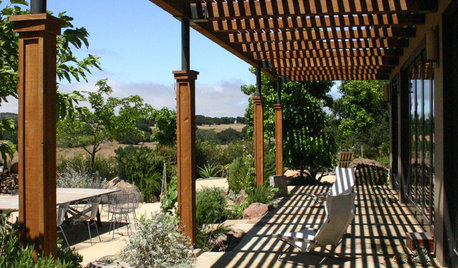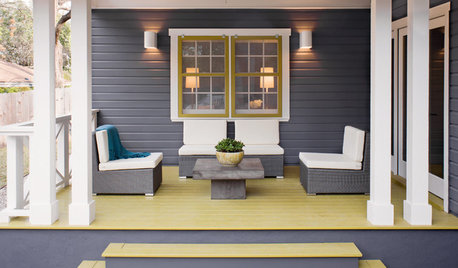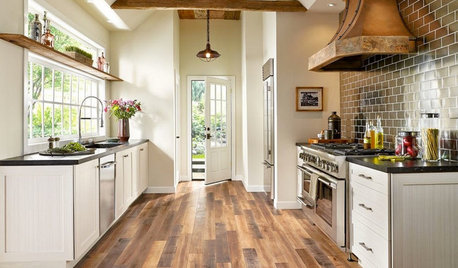fir floors
lisa98112
18 years ago
Featured Answer
Sort by:Oldest
Comments (22)
kudzu9
18 years agolast modified: 9 years agohousekeeping
18 years agolast modified: 9 years agoRelated Professionals
Hybla Valley Kitchen & Bathroom Designers · Rancho Mirage Kitchen & Bathroom Designers · Eagle Mountain Kitchen & Bathroom Remodelers · Sunrise Manor Kitchen & Bathroom Remodelers · Biloxi Kitchen & Bathroom Remodelers · Elk Grove Kitchen & Bathroom Remodelers · Eureka Kitchen & Bathroom Remodelers · New Port Richey East Kitchen & Bathroom Remodelers · Omaha Kitchen & Bathroom Remodelers · South Lake Tahoe Kitchen & Bathroom Remodelers · Sun Valley Kitchen & Bathroom Remodelers · Hillcrest Heights Architects & Building Designers · River Edge Architects & Building Designers · San Angelo Architects & Building Designers · Seal Beach Architects & Building Designerslisa98112
18 years agolast modified: 9 years agoUser
18 years agolast modified: 9 years agodayleann
18 years agolast modified: 9 years agoathomedads
16 years agolast modified: 9 years agopowermuffin
16 years agolast modified: 9 years agojan9
16 years agolast modified: 9 years agovek2mjs
15 years agolast modified: 9 years agorosesr4me
15 years agolast modified: 9 years agoSuzyQ2
15 years agolast modified: 9 years agoslateberry
15 years agolast modified: 9 years agola_koala
15 years agolast modified: 9 years agoswalgin
15 years agolast modified: 9 years agopowermuffin
15 years agolast modified: 9 years agoBilll
15 years agolast modified: 9 years agohel5342_frontier_com
13 years agolast modified: 9 years agoideagirl2
13 years agolast modified: 9 years agololaz
13 years agolast modified: 9 years agomacv
13 years agolast modified: 9 years agonatschultz
11 years agolast modified: 9 years ago
Related Stories

KITCHEN DESIGNKitchen of the Week: Salvage Meets High End in Vancouver
Reclaimed fir floors and a salvage-yard gate cozy up to choice appliances in a warm and sophisticated Canadian kitchen
Full Story
REMODELING GUIDESYour Floor: An Introduction to Solid-Plank Wood Floors
Get the Pros and Cons of Oak, Ash, Pine, Maple and Solid Bamboo
Full Story
WOODKnotty and Nice: Highly Textured Wood Has a Modern Revival
Whether it's cedar, fir or pine, if a wood has a knot, it's hot
Full Story
PATIOSPatio Details: A Shaded Patio Opens Up the View in Wine Country
A Douglas fir and metal pergola offers shelter from the hot sun on this scenic California property
Full Story
FLOORS8 Ways Colored Floors Can Boost Your Design
Deep colors add height, white creates calm, and warm hues spark energy. Learn more ways to use floor color to enhance your home
Full Story
GREAT HOME PROJECTSWhat to Know Before Refinishing Your Floors
Learn costs and other important details about renewing a hardwood floor — and the one mistake you should avoid
Full Story
MOST POPULARPros and Cons of 5 Popular Kitchen Flooring Materials
Which kitchen flooring is right for you? An expert gives us the rundown
Full Story
REMODELING GUIDESTransition Time: How to Connect Tile and Hardwood Floors
Plan ahead to prevent unsightly or unsafe transitions between floor surfaces. Here's what you need to know
Full Story
DECORATING GUIDESWhat Goes With Dark Wood Floors?
Avoid a too-heavy look or losing your furniture in a sea of darkness with these ideas for decor pairings
Full Story
REMODELING GUIDESDesigner Confessions: Torn Between Wood Floors
19 Photos to Help You Choose a Wood Floor Finish
Full Story









tresbebes